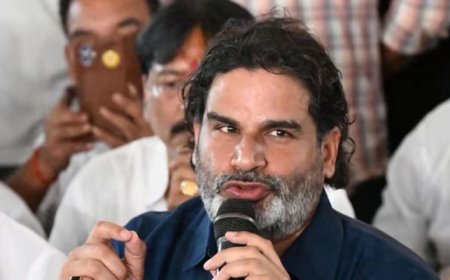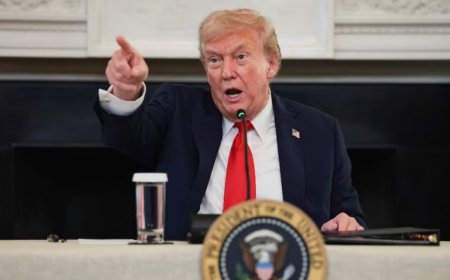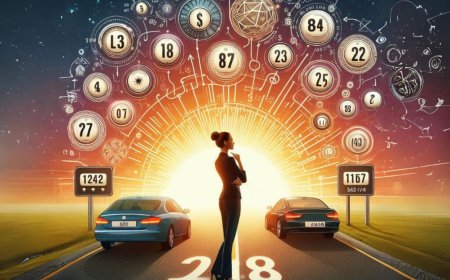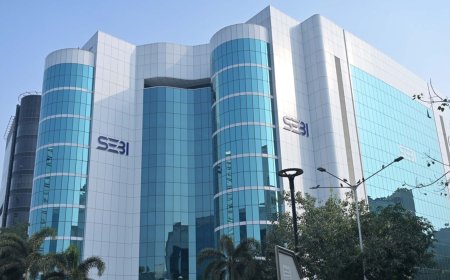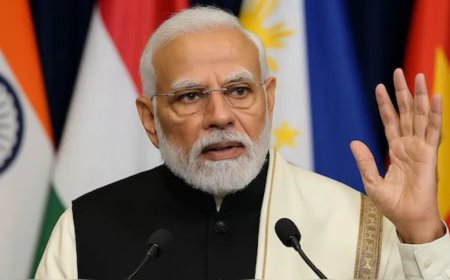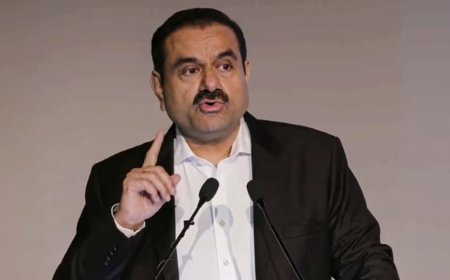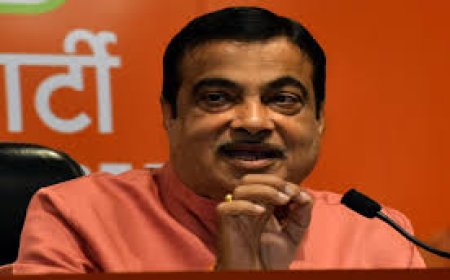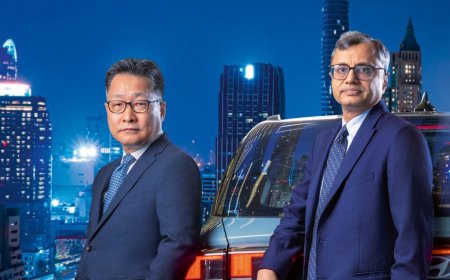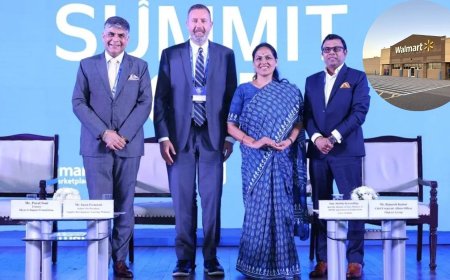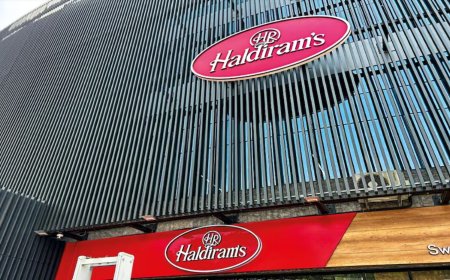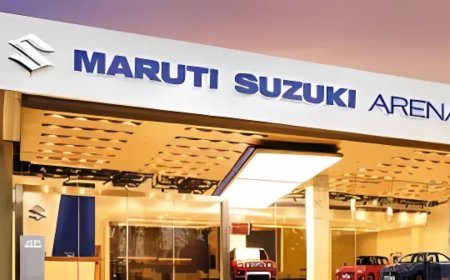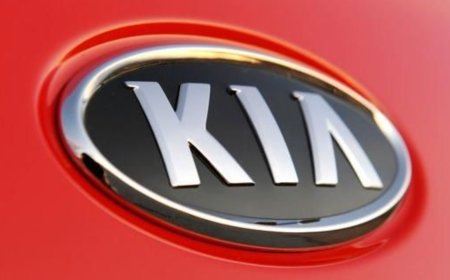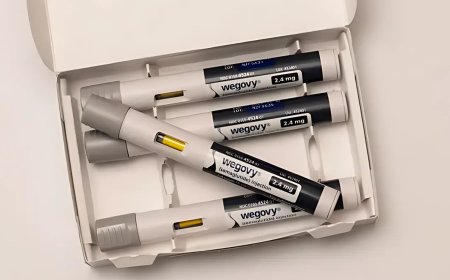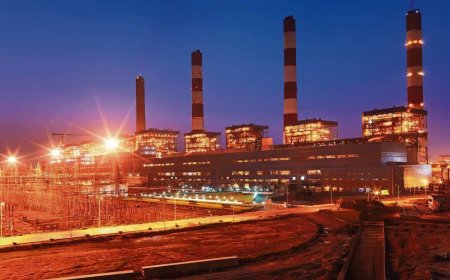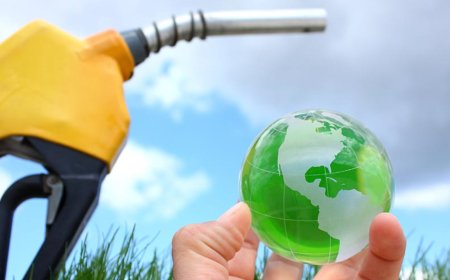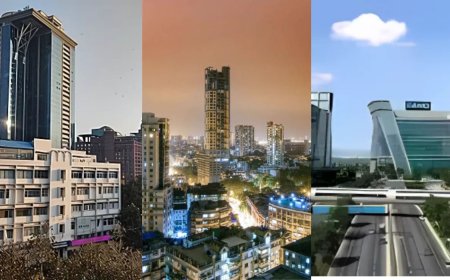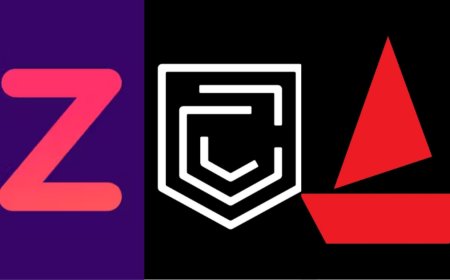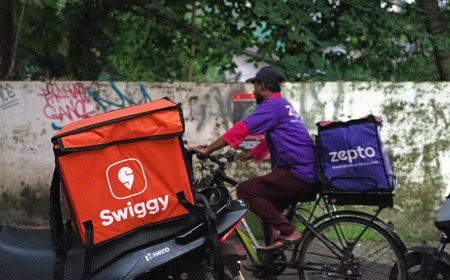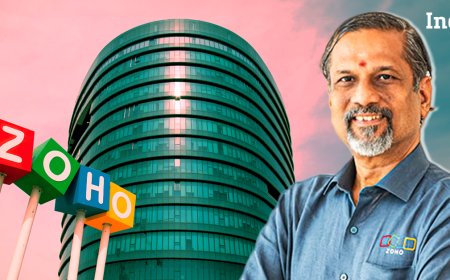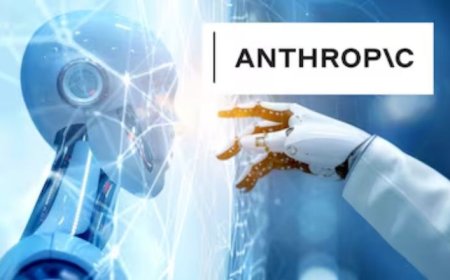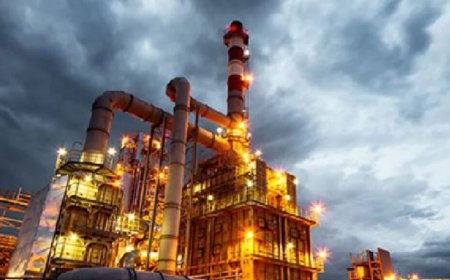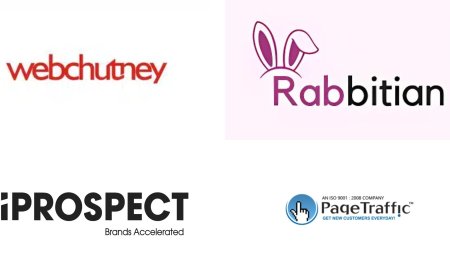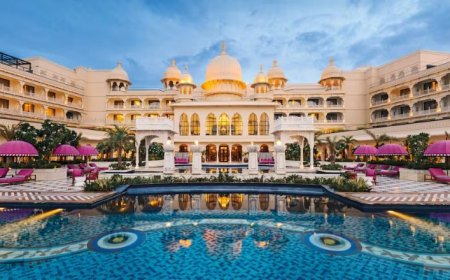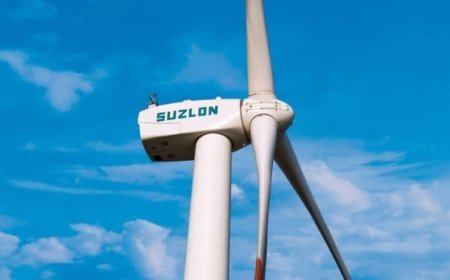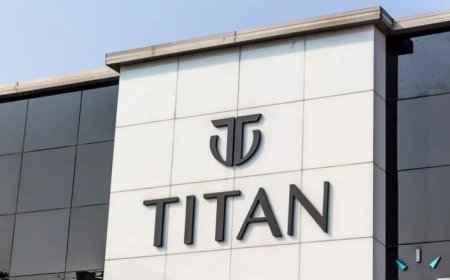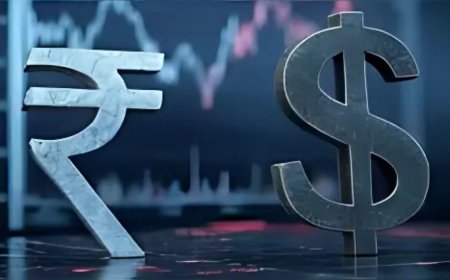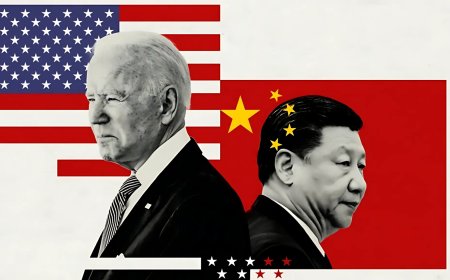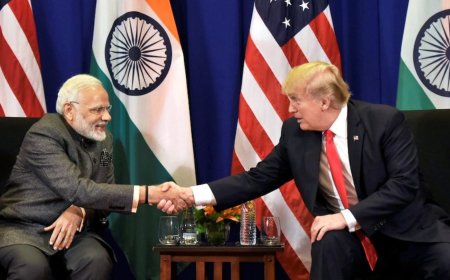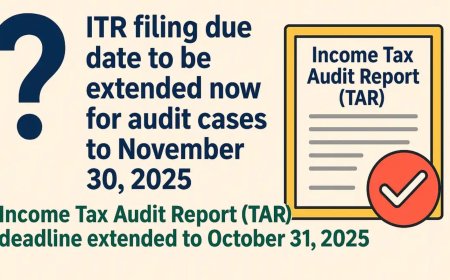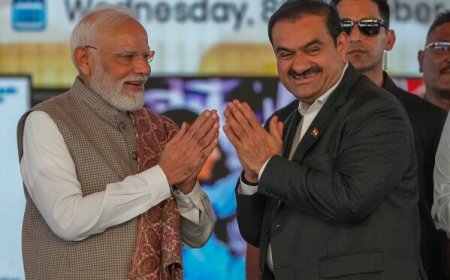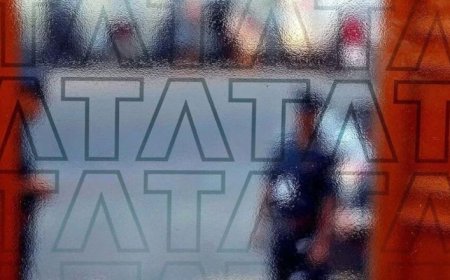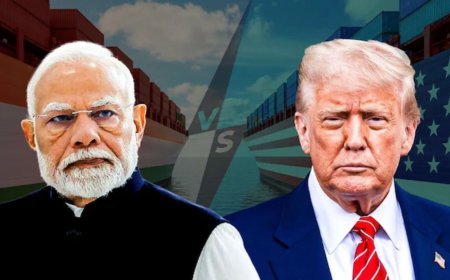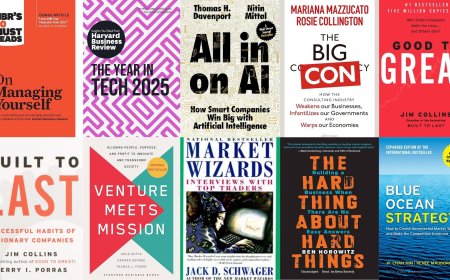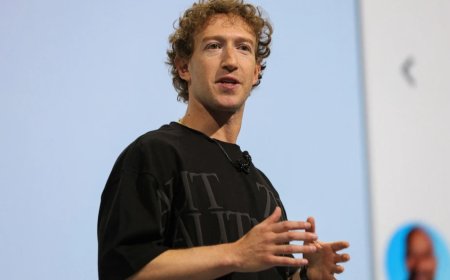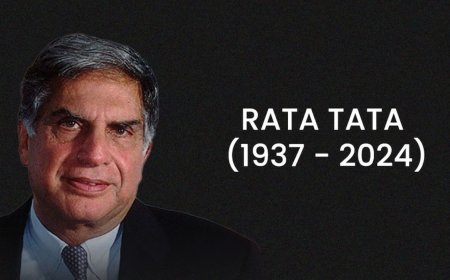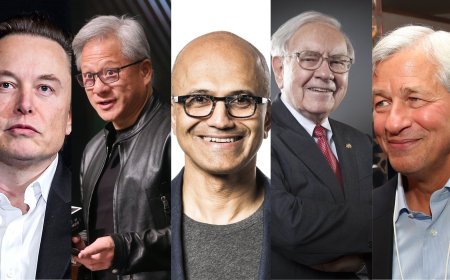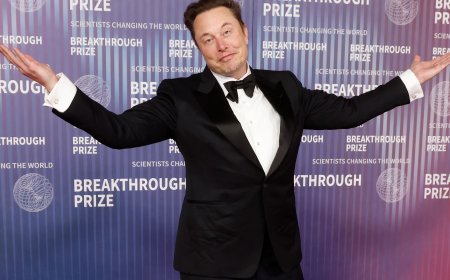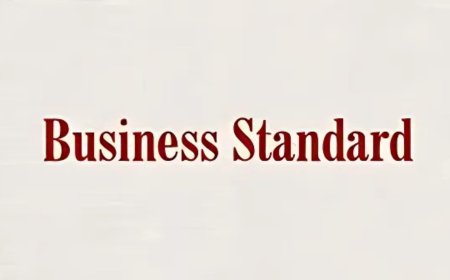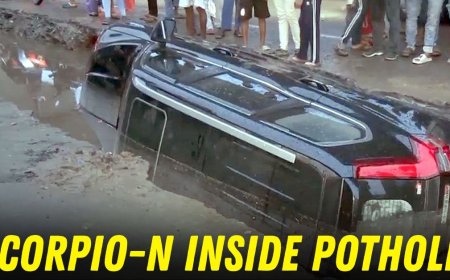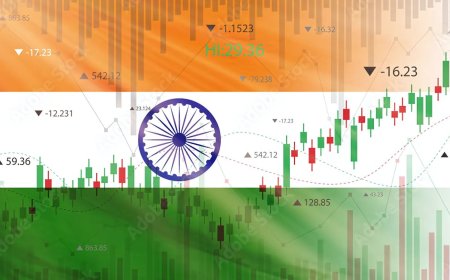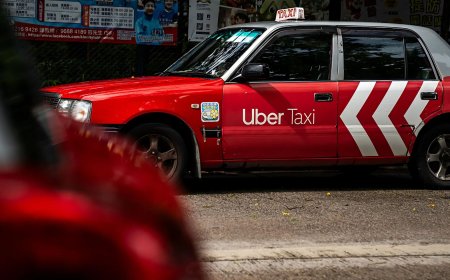Road to Cleaner Fuels: Why Fossil Fuel Cars Still Rule Indian Roads
Despite the EV push, fossil-fuel vehicles dominate India's roads. Explore the challenges and opportunities in the clean mobility transition.

🛣️ Road to Cleaner Fuels: Why Fossil Fuel Vehicles Will Still Rule Indian Roads
As the world moves toward a cleaner future, the auto industry finds itself at a crossroads. Countries are investing in electric vehicles (EVs), hybrid engines, biofuels, and CNG to reduce their carbon footprint. Yet, despite the growing buzz around sustainable transportation, fossil fuel-powered vehicles are expected to dominate Indian roads for the foreseeable future.
⚡ The Shift Is Real, But It’s Slow

Economist Jeremy Rifkin, in his book The Third Industrial Revolution, explains how every major economic shift is driven by changes in energy and transportation. Today, we are living through one such shift — from fossil fuels to clean, renewable energy sources. But for India, this transformation faces real-world challenges.
India is the third-largest auto market in the world, and with that scale comes complexity. The transport sector already contributes about 10% of India’s greenhouse gas emissions, and the government has set an ambitious net-zero emission target by 2070. However, as we approach 2030, India is expected to add 10 million new vehicles — and most of them will still run on petrol or diesel.
🚧 Why Fossil Fuel Vehicles Aren’t Going Away Anytime Soon
Despite heavy promotion of EVs and hybrid alternatives, fossil fuel vehicles remain the default choice for many Indians. Here's why:
1. High Cost of EVs
Electric vehicles can cost 30–40% more than traditional cars. With limited income levels in rural and semi-urban India, affordability becomes a major barrier.
2. Poor Charging Infrastructure
India has fewer than 15,000 public EV charging stations, mostly concentrated in Tier-1 cities. Rural areas remain practically untouched by this infrastructure.
3. Range Anxiety
For many Indians, long-distance travel and irregular electricity supply make EVs a less reliable choice compared to the tried-and-tested fuel stations.
4. Legacy Vehicle Ownership
More than 80% of the vehicles on Indian roads still run on petrol or diesel. With a long lifecycle, many of these will remain operational beyond 2035.
📈 The Growth Paradox: More Cars, Cleaner Goals?
India’s twin goals — growing mobility and cleaner emissions — are not necessarily contradictory. The solution lies in a balanced, phased approach:
-
Adoption of biofuels and ethanol-blended petrol (E20)
-
CNG and hybrid vehicles as transitional options
-
Public transport electrification in metros and Tier-2 cities
-
Bharat Stage VI (BS-VI) norms to control emissions from fuel-based engines
🌍 Global Push vs Indian Practicality
While Europe and the US are announcing deadlines to phase out fossil fuel vehicles, India’s strategy must be localized and inclusive. EV growth here depends on affordability, infrastructure, and consumer trust.
“India’s mobility future isn’t just about EVs. It’s about a smart, inclusive energy mix that meets our developmental needs.”
— Rajesh Menon, Director General, SIAM
🧭 The Business Opportunity
For businesses in the mobility and energy sector, this transitional phase opens up vast potential:
🔋 EV Ecosystem Development
Battery manufacturing, recycling, and repair services are booming areas for investment.
🛠️ Hybrid Vehicle Technology
Hybrids offer a practical bridge between full fossil and full electric — a niche waiting to be captured.
⛽ Clean Fuel Infrastructure
CNG, hydrogen, and ethanol fuel stations will be critical to India’s clean fuel expansion.
🤝 Public-Private Partnerships
Collaboration with government for setting up EV charging grids or biofuel research labs can create long-term impact.
🏁 Final Thoughts
India’s journey to cleaner fuels isn’t a sprint — it’s a strategic marathon. Fossil fuel vehicles may remain in the lead for now, but the transition to cleaner energy is well underway. As infrastructure, policy, and innovation catch up, we’ll see a more inclusive and sustainable mobility ecosystem.
Until then, coexistence between fossil fuels and cleaner alternatives is not a compromise — it’s a necessary step forward.
📝 Quick Facts:
-
Over 80% of Indian vehicles still run on petrol/diesel
-
EVs form less than 1% of the total vehicle population
-
Transport emissions = 10% of India’s total GHG
-
Net-zero target: 2070 | EV sales target: 30% by 2030
What's Your Reaction?
 Like
0
Like
0
 Dislike
0
Dislike
0
 Love
0
Love
0
 Funny
0
Funny
0
 Angry
0
Angry
0
 Sad
0
Sad
0
 Wow
0
Wow
0
